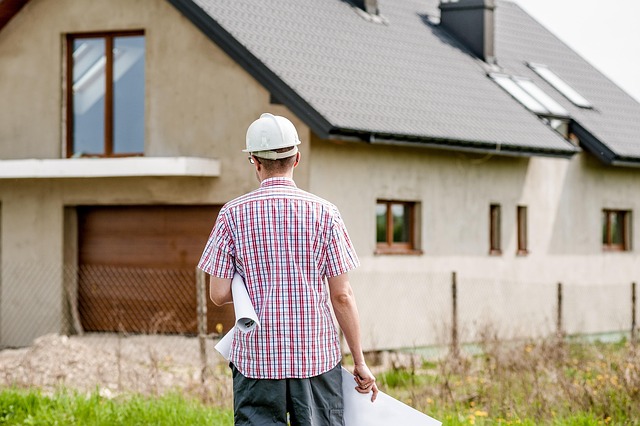DIY enthusiasts tackling home repair and maintenance must prioritize safety. Improper tool use is a common pitfall leading to damage, injury, and failure. To avoid these issues, focus on learning safety procedures, understanding tools (especially power tools), and gathering essential safety gear. For electrical projects, overlook safety measures like power disconnection could result in severe hazards. Regular maintenance, including checking for frayed wires and using protective gear, is crucial for safe and reliable home electrical systems.
Looking to tackle those pesky DIY failures? This guide is your go-to resource for navigating common home repair challenges and ensuring long-lasting solutions. From electrical hiccups that can turn into major issues to structural damage often overlooked, we’ll shed light on the root causes of frequent DIY mishaps. Discover handyman solutions, learn essential tools needed for quick fixes, and implement preventive measures to maintain your space effectively. Master home repair and maintenance with expert advice tailored for every homeowner.
Common DIY Failures and How to Avoid Them

Common DIY Failures and Prevention Tips
One of the biggest challenges for homeowners attempting do-it-yourself (DIY) projects is overcoming common failures that can arise from a lack of experience or expertise in home repair and maintenance. A typical DIY blunder might involve improper tool use, leading to damaged materials or even personal injury. For example, using the wrong type of screwdriver for a specific task can result in stripped screws or damage to the screw holes.
To avoid these mishaps, it’s essential to invest time in learning proper safety procedures and techniques. Prioritize understanding the tools you’ll be using, especially power tools, which require careful handling. Additionally, gathering the right equipment before starting any project is crucial. This includes having the appropriate safety gear, such as gloves and eye protection, ensuring a well-lit workspace, and organizing your tools to easily access them during the repair process. Regularly maintaining and calibrating tools ensures they function optimally, reducing the risk of errors or accidents in home repair and maintenance tasks.
– Electrical Issues: Overlooking safety precautions

Many DIY enthusiasts embark on home repair and maintenance projects with enthusiasm, but electrical issues often pose a significant challenge—and a common reason for DIY failures. While tackling simple tasks like changing light bulbs or installing new fixtures is manageable, more complex electrical work requires strict adherence to safety guidelines. Overlooking these precautions can lead to severe hazards, including fire risks and electric shocks.
Before attempting any electrical repairs, ensure you turn off the power at the circuit breaker or fuse box. Invest in a voltage tester to confirm the power is disconnected. Wear protective gear, such as insulated gloves and safety glasses, and follow manufacturer instructions for any equipment or tools used. Regular maintenance, including checking for frayed wires and loose connections, can prevent accidents and ensure your home’s electrical system functions safely and reliably.
When faced with DIY failures, a handyman’s skills become invaluable. By understanding common pitfalls like electrical issues and prioritizing safety, you can prevent mistakes that might leave your home in disarray. Remember, proper precautions and seeking guidance when needed are key to successful home repair and maintenance. With the right tools and mindset, even minor setbacks can be transformed into opportunities for learning and growth.



